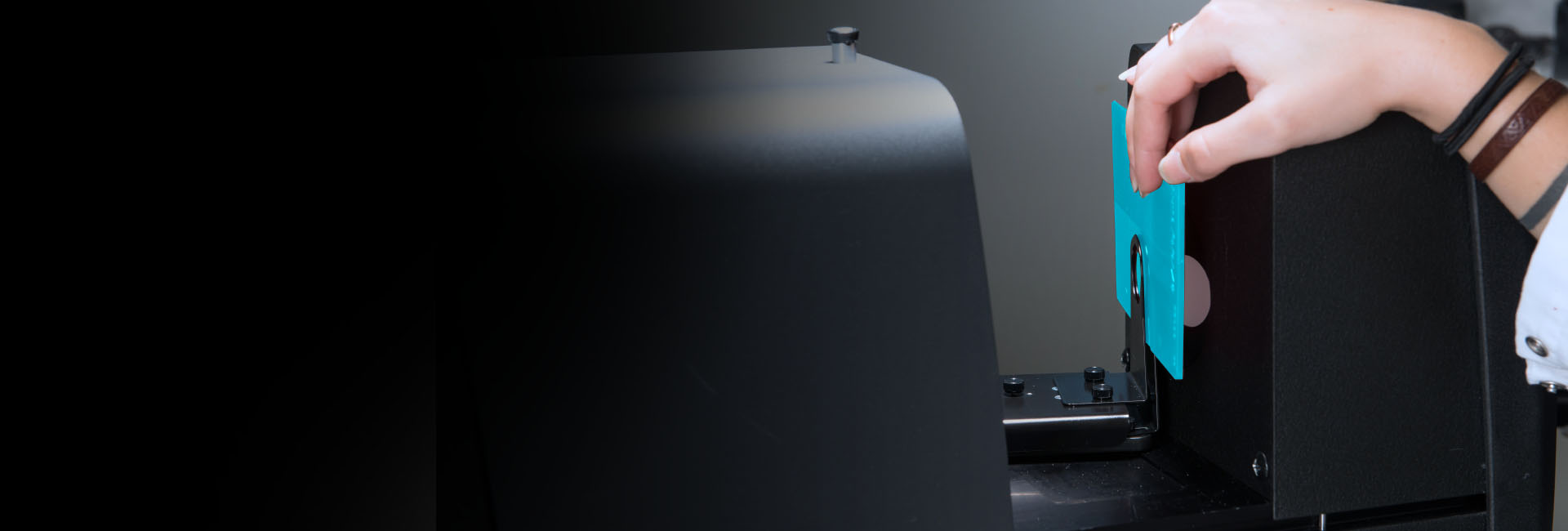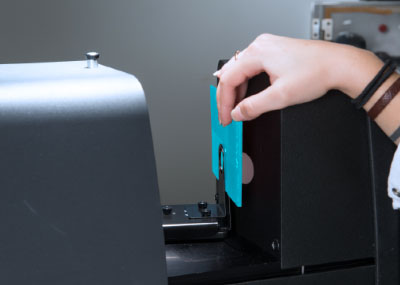How to Set Clear Color and Appearance Expectations at the Masterbatch Phase
For masterbatchers, it can be a challenge to set clear expectations with brands and designers for how a plastic chip will look in a molded application. Since prototypes are expensive to produce and ship or evaluate onsite, masterbatchers often create simplified shapes – or do not create a prototype at all – leaving room for misunderstanding. Creating virtual renderings is a cost-effective and sustainable way to set clear expectations and perform meaningful reviews of both color and appearance on the final molded product before production even begins.
Challenges
When formulating color, masterbatchers must create a bridge between design expectations and the manufacturing process.
- It is difficult for designers to access or use existing masterbatch colors within product concepts
- Prototypes are expensive to produce and require long approval cycles
- Prototypes are not manufactured like the final product, leading to false expectations
-
Identifying a color issue after production creates wasted time and materials

Solution
Designers often come to the masterbatcher with a sample chip or target color and an idea for a product. It is up to the masterbatcher to translate the sample into a resin for the molding process. Instead of fabricating prototypes to demonstrate how color will appear on the final product, masterbatchers can use the PANTORA desktop application to create a physically accurate virtual representation to visualize a plastic product from multiple angles and simulate how color and appearance will change when filled with a liquid or powder. Powered by X-Rite’s AxF file format, this representation can be visualized within PANTORA as well as imported into third-party visualization and simulation tools for use in a range of industries, including beauty and personal care, consumer goods, electronics, toys, and more.
Results
Creating a virtual rendering that includes actual color and appearance aspects is a fast, easy, and economical way to gain stakeholder buy-in.
- Sets realistic expectations by going beyond color to capture full material appearance
- Accurately characterizes the translucency and surface characteristics to identify color issues before production begins
- Generates fast approval without the time and material waste associated with prototypes
- Minimizes the need to maintain and ship physical material samples around the globe
- Ensures fast and easy material specifications and enables reuse through a digital repository
How it Works
When a brand or designer presents a product design idea and a plastic chip or color sample, the masterbatcher uses a benchtop spectrophotometer to measure the target color and formulate a masterbatch recipe. The diffuse 8-degree measurement of a benchtop also captures the translucency and surface characteristics of plastic materials for accurate representation in rendering programs.
The masterbatcher loads the color and appearance information from the benchtop measurement into the PANTORA desktop application. PANTORA locates, acquires, and imports digital materials as AxF files that account for appearance attributes such as color, gloss, and material type. PANTORA then applies the material to arbitrary geometry and renders it in real-time in a virtual scene for an immersive digital material evaluation experience.
The masterbatcher sends the digital rendering to designers, brands, and all stakeholders for review and approval through a third-party rendering solution or PLM system. Requested color changes can be made before masterbatch color is mixed, eliminating all of the waste associated with incorrect color. The masterbatcher can then store, manage, view, and edit digital materials in AxF from a centralized location for future recipes.
Featured Products

A desktop application is designed to simplify the management of a large volume of complex color and appearance data. It acts as the epicenter of appearance workflows, connecting digital material input sources with output designations such as third-party rendering software and Product Lifecycle Management (PLM) Systems.

Available in various models, the Ci7000 benchtop spectrophotometer series captures translucency and surface characteristics for accurate reflectance and transmissive color measurements on plastics.

Third Party Rendering Software
Renderings made using PANTORA can be viewed by brands and designers using AxF-enabled rendering software solutions. Visit our website for the most current list of vendors.


